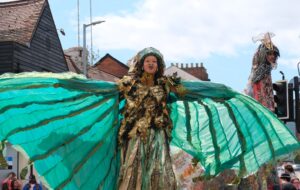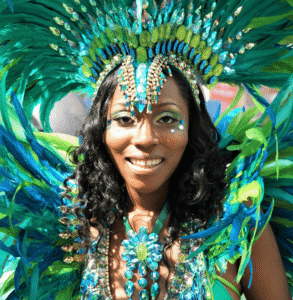
Get Ready for Anguilla Summer Fest 2025
This two-week festival is not your typical Carnival: Anguilla turns sea and sand into the heart of the party with its legendary boat races. From August Monday beach sprints to Champion of Champions showdowns, these handcrafted sloops, mast and boom in full sail, race around the island amid cheers, grilling on the beach, and boat parties galore.




